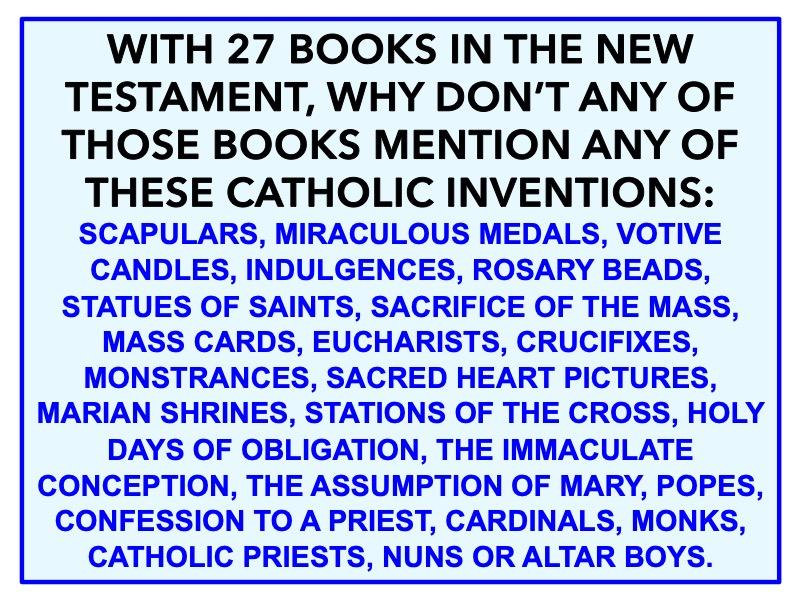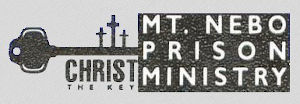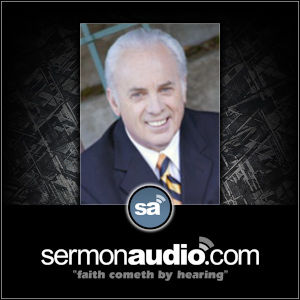The Catholic Church Lies About Jesus Christ Being Their Founder
The Catholic Church Lies About Jesus Christ Being Their Founder
Catholics claim that Jesus Christ is the founder of their Church and of their religion. The sad TRUTH about this is that Catholics aren’t even Christians, for their many pagan and occult practices and symbols declare that their god is named the Queen of Heaven and the Queen of the Universe… and their demigods are called saints, deceased Catholics that supposedly performed miracles of some kind during their lifetime and whose dead bodies supposedly did not decay, in many instances.
The historical foundation of Catholicism is generally attributed to the development of early Christian communities in the Roman Empire, particularly in the city of Rome itself. While Catholics believe that the apostle Peter was the first bishop of Rome and consider him their founder, the institutionalized form of Catholicism that we see today actually evolved over centuries, particularly after Emperor Constantine legalized Christianity in the 4th century AD with his Edict of Milan in 313AD. Constantine played a significant role in shaping the structure and practices of early Christianity, including convening the First Council of Nicaea in 325 AD, which helped define certain key doctrines. Emperor Theodosius continued where Constantine left off, with his Edict of Thessalonica in 380AD. Theodosius’ motivation for his edict was to pacify the inhabitants of Constantinople, because Theodosius wanted to make the city his imperial residence.
However, the extremely elaborate religious system referred to today as Catholicism, with its distinct hierarchy, rituals, and theological positions, developed gradually and became more formalized over time. Key figures in this development include early Catholic Church fathers like Augustine of Hippo, Jerome, and Gregory the Great.
Augustine of Hippo (354–430 AD):
A North African theologian and philosopher, Augustine is one of the most influential Catholic thinkers in history. His works, especially Confessions and The City of God, helped shape Western Christianity and Catholic doctrine. Augustine emphasized original sin, grace, and the importance of God’s sovereignty in salvation. He also developed the concept of and influential in forming ecclesiastical structures.
Jerome (c. 347–420 AD):
Jerome was a scholar and priest best known for translating the Bible into Latin, creating the Vulgate, which became the standard Bible of the Catholic institution for many centuries. He was a rigorous ascetic and theologian, and his commentaries were adopted into Catholicism. Jerome’s work in making Scripture inaccessible in Latin had a profound impact on the how Catholicism kept scripture from the populace.
Gregory the Great (c. 540–604 AD):
Gregory was pope from 590 to 604 AD and is considered one of the greatest Catholic leaders of his era. His papacy strengthened the role of the papal office and laid the groundwork for the medieval papacy’s influence. Gregory was known for reforming Catholic liturgy, which contributed to the development of Gregorian chant, and for his emphasis on pastoral care and missionary work, particularly in sending missions to convert the Anglo-Saxons in England. He also wrote extensively on Catholic theology and clergy duties.
These three individuals contributed to the theology, Catholic institution structures, and practices that would distinguish Catholicism from other Christian movements. The term “catholic” (meaning “universal”) was used early on to distinguish the institution from various other religions, but it wasn’t a singular event or person that created Catholicism — it was an evolving process influenced by political, social, and religious factors.
Catholics claiming Jesus Christ as their “founder” is a claim that is hard to justify, considering how far removed the bulk of Catholic Church teachings and practices are from the teachings and practices of the early Church described in the pages of the New Testament:




















